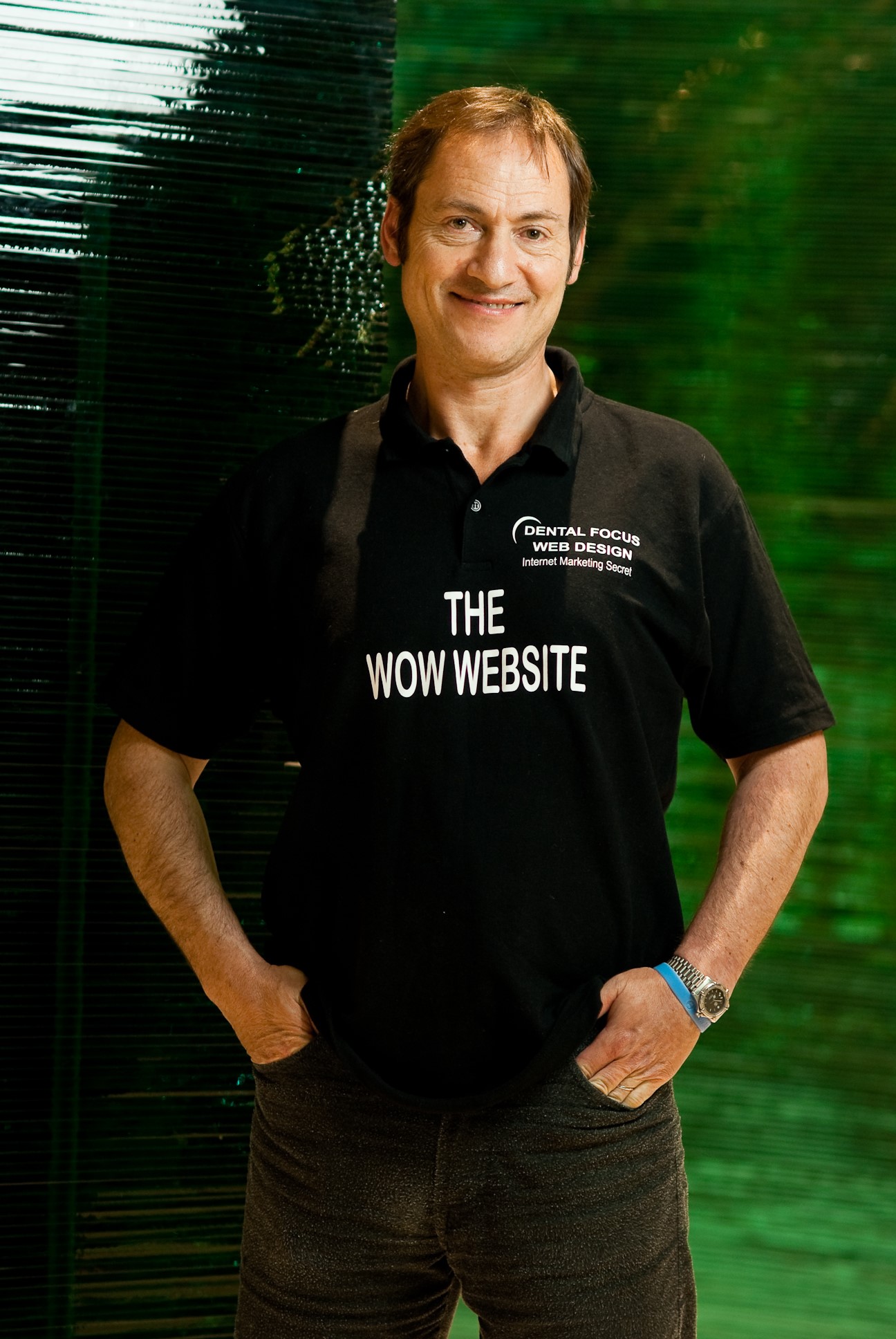VR development companies
Virtual reality is a world created by technical means, transmitted to a person through his sensations
Why Mark Zuckerberg invests in VR, why they create social networks with augmented reality and whether you should pay attention to these incomprehensible and expensive technologies - SocialOverdoze explains everything and even more.
Contents

What is VR and AR?
Virtual reality is a world created by technical means, transmitted to a person through his sensations: sight, hearing, smell, touch and others. Virtual reality simulates both exposure and responses to exposure.
Augmented reality (AR - "augmented reality") - technologies that complement the real world, adding any sensory data. Despite the name, these technologies can both bring virtual data into the real world and remove objects from it. AR capabilities are limited only by the capabilities of VR development companies, devices and programs.
It is worth immediately clarifying the difference between AR and VR:
VR blocks the real world and immerses the user in the digital universe. If you put on a headset and instead of a living room suddenly find yourself in the thick of a fight with zombies, then this is VR.
AR adds elements of the digital world to the real one. If you are walking down the street and suddenly a Dragonite Pokemon appears on the sidewalk in front of you, then this is AR.
AR / VR history
It is generally accepted that the development of virtual reality began in the 50s of the last century. In 1961, the Philco Corporation developed the first Headsight VR headsets for military use, marking the first real-life application of the technology. But based on today's classification, the system would rather be attributed to AR technologies.
Morton Heilig is rightfully considered the father of virtual reality and AR / VR developers. In 1962, he patented the world's first virtual simulator called the Sensorama. The device was a bulky device, resembling 80s slot machines, and allowed the viewer to experience immersion in virtual reality, for example, ride a motorcycle through the streets of Brooklyn. But Heilig's invention aroused mistrust among investors and the scientist had to stop developing.
A few years after Heilig, a similar device was presented by Harvard professor Ivan Sutherland, who, together with student Bob Sproull, created the "Sword of Damocles" - the first virtual reality system based on a head-mounted display. The glasses were attached to the ceiling, and a picture was broadcast through a computer. Despite such a cumbersome invention, the CIA and NASA became interested in the technology.
In the 1980s, VPL Research developed more advanced virtual reality equipment - the EyePhone glasses and the DataGlove glove. The company was founded by Jaron Lanier, a talented inventor who entered the university at the age of 13. It was he who coined the term "virtual reality".
Augmented reality went hand in hand with virtual reality until 1990, when scientist Tom Caudell first coined the term augmented reality. In 1992, Lewis Rosenberg developed one of the earliest functioning augmented reality systems for the United States Air Force. The Rosenberg exoskeleton allowed the military to virtually control machines from a remote control center. And in 1994, Julie Martin created the first augmented reality in theater called Dancing in Cyberspace, a performance in which acrobats danced in virtual space.
In the 90s, there were other interesting discoveries, for example, Australian Julie Martin combined virtual reality with television. At the same time the development of gaming platforms using virtual reality technologies began. In 1993, Sega developed the Genesis console.
The demos and previews, however, ended up being over. Sega VR games were accompanied by headaches and nausea, and the device never went on sale. The high cost of devices, scarce technical equipment and side effects forced people to forget about VR and AR technologies for a while.
What is happening in the market of virtual and augmented reality in the world
Although the possibilities of virtual reality are not yet available to the mass consumer, well-known companies are actively engaged in the development of these technologies.
Universal Studios owner Comcast has invested $ 6.8 million in a small VR development company Felix & Paul in Montreal, which has worked with Funny or Die and the White House.
The New York Times also invests in the development of virtual reality. Already many editions create 360-degree videos that win the Cannes Lions Festival.

